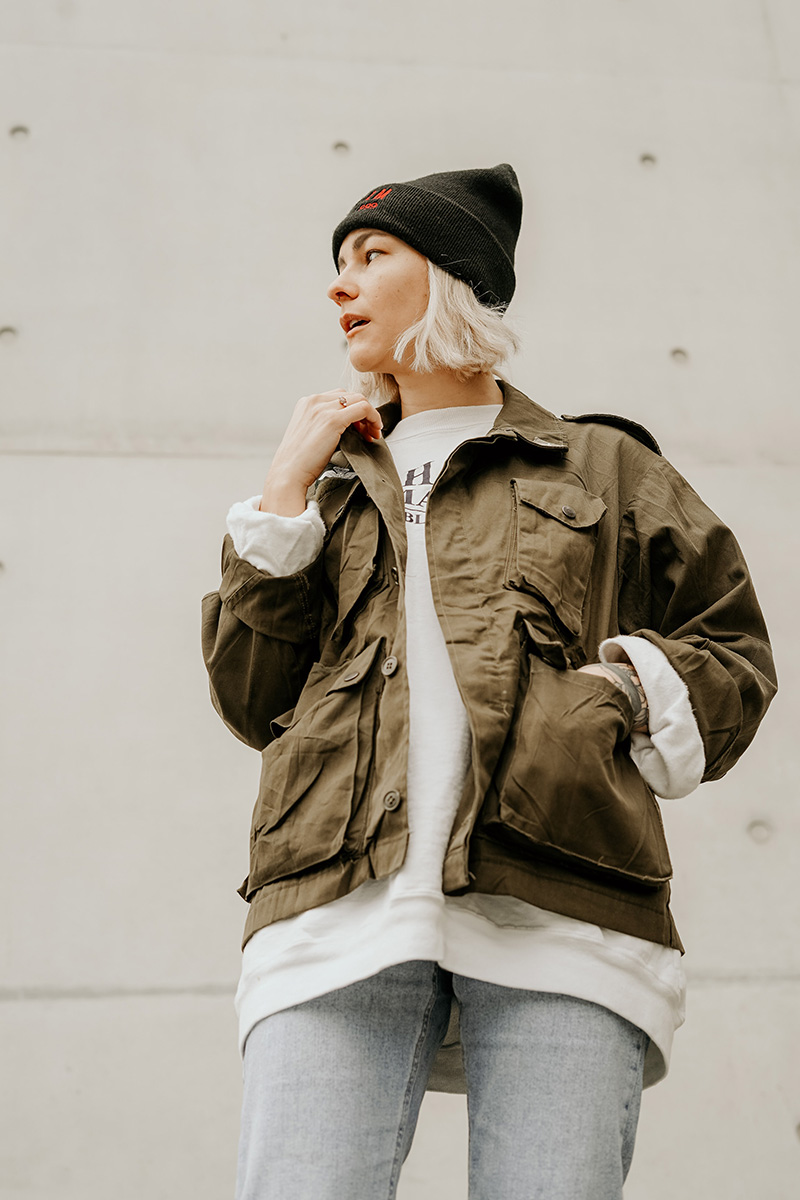How to choose the right outdoor Jacket?
Some of the most confusing terms in outdoor gear are the names “hard shell” and “soft shell”. When most people hear these two terms, they think that a hard case is just that – firm to the touch, waterproof and breathable, helps remove precipitation and keeps you dry. When it comes to “soft shell”, most people think of a warm, flexible shell that breathes well during exercise and can be carried around but not much in wet weather Great use.

Broadly speaking, they are right. But advances in fabrics have allowed these technologies to come together in more and different ways. Some jackets look and feel like fully waterproof soft shells. There are also hybrid jackets that combine waterproof materials with soft shells, combining the best of both worlds. So how does this help you? A little knowledge goes a long way. Start by understanding what the options are, then apply them to your intended activity.
To be honest, there is no official industry-wide definition of the terms “soft shell” and “hard shell“. “Soft shells” became popular about a decade ago, when some fabric manufacturers began producing soft, stretchy materials that could withstand wind and light precipitation, but were not completely waterproof. In cold, dry weather, these “soft shells” spend 70% or more of their time on the outer layer. The first soft shells were given that name so that they could be distinguished from the hard, airtight but more weather-resistant shells of standard technical jackets.
Now, let’s get back to talking about hard shells. The crusty fabric is essentially a sandwich. Typically, hard shells use porous waterproof/breathable membranes. This is the meat of the sandwich, the all-important center that blocks precipitation but allows sweat to pass through it and away from the body. The most well-known of these membranes is, for example, used in a material made of PTFE (but membranes can also be made of a variety of other materials). Importantly, this membrane makes the jacket waterproof.
The membrane itself is very thin and stretchy; it cannot be used alone as a jacket or pants. Therefore, it is applied to the inside of the fabric to make the fabric waterproof. Then, for complete waterproofing, any seams are sealed with waterproof tape. So the outer fabric can be hard or soft, but the result is the same – a waterproof shell.
Finally, use other layers. One that bonds the membrane to the outer fabric. Then there’s usually some sort of protective layer on the inside to keep the membrane from wearing away from the inside. Once fused, all these layers look and feel like a single layer of fabric.
However, One more step: Typically, a treatment called DWR (which stands for Durable Water Repellent) is applied to the exterior of the case. The DWR causes the pellets to rise and roll off the housing. Because it’s so effective, people often think that seeing DWR at work means the case is waterproof, when in reality, DWR is just the first layer of protection; the membrane is what really keeps water away from the skin. (The DWR treatment can be reapplied to the jacket after it is worn.) So put all these layers together and you have a hard shell.
In contrast, soft shells are generally considered to use softer fabrics, often mechanically stretchy, that provide good weather protection through the fabric itself rather than the membrane. However, like hard shells, they are usually DWR treated.
Today, Prowin factory-made garments combine soft and hard shell technology. A shell that feels soft on the outside may have a very effective waterproof/breathable membrane on the inside. There’s also “hybrid,” a shell that combines soft and hard materials and films to better protect some parts of the body and give others more elasticity and breathability.
So how do you choose a hard or soft shell jacket, or some combination of the two? Match materials and designs to the activities you want to do and the weather you will encounter.
The easiest way to look at it is that a hard shell is for when you need maximum protection from heavy rainfall, or when you won’t be moving around a lot. Choose a soft case when you’re outdoors and need to keep moving, especially in cold places.
